
 1
1




Jason Silberschneider wrote:... I don't want executive dress shirts costing hundreds of dollars, I want a good, strong work shirt (or even buttonless tunic) made of linen that I can throw in the compost pile at the end of its working life. In the past, the rag and bone man would come along each week and collect all the worn out linen to be made into paper. But composting is just as environmentally friendly. Use simple wooden buttons, and linen clothing is 100% compostable.
Living in the global, online shopping world that we do, you'd have no problems selling your clothing to permies anywhere. I'll be keeping my eyes peeled for the first of the linen gardening shirts!
"Also, just as you want men to do to you, do the same way to them" (Luke 6:31)
 2
2




Cheap, fast, or good. Pick two
 2
2




R Ranson wrote:these videos about fibresheds are a great start at showing what can be done. Not HUSP exactly, but moving in that direction.
Blazing trails in disabled homesteading
 1
1




Thomas Partridge wrote:
As for pricing such clothing, how much of the mark up would be because it is environmentally friendly and how much would be because it is actually superior to synthetic products currently available.
prices would not be marked up as in, it's a $5 hat versus a $20 hat "because I bought this pretty yarn". It will be priced according to the time and materials that go into the items. If I buy yarn and knit a hat I would price it to cover the cost of the yarn needed plus my time knitting it. If it is a hat from my handspun that i processed all myself and knit myself it will be priced accordingly.
Would these items offer a significant advantage in terms of durability and/or function over say something I could pick up at Walmart?
It is my goal to make quality items. That goes not only for the quality of what goes into making them but the quality of the finished items. That said, a nice fluffy handspun wool hat, I believe, keeps you warmer better than an acrylic yarn hat. And that wool hat will last better longer than an acrylic hat.
Shenanigans of the sheep and wooly sort.. And many more.. https://www.instagram.com/girlwalkswithgoats/
Papa always says, "Don't go away angry... just go away."
 1
1




Inge Leonora-den Ouden wrote:
Yes, we want good strong linen clothes! Like they used to wear here (the Netherlands) about a 100 years ago.*
I have spun a little bit of flax for linen but we didnt get along very well. I am hoping to try it again later on at some point.
Shenanigans of the sheep and wooly sort.. And many more.. https://www.instagram.com/girlwalkswithgoats/
Papa always says, "Don't go away angry... just go away."
 1
1




Robyn Holmes wrote:I would love it if the original poster would update us on how she is doing...
One thing I noticed is that everyone has focused in on the materials that her clothing is to be made of, and no one has talked much about the sewing, knitting, etc part of it. I find it amazing how a skilled seamstress can turn the worst piece of material into something amazing while the most beautiful piece of hand-crafted material can be reduced to rubble by someone unskilled.
Shenanigans of the sheep and wooly sort.. And many more.. https://www.instagram.com/girlwalkswithgoats/
Papa always says, "Don't go away angry... just go away."
 2
2




Matthew Nistico wrote:
All of this means that, while I would never buy that $40 piece of clothing at the mall, I WOULD every once in a while augment my normal stream of thrift store goods with that one special piece of permie-made clothing, even for a lot more $ than the mall price. But again, I would expect it to be "awesome, classic in appearance, and long lasting." And for the record: I could not care less whether it met the strictest definition of HUSP and was made without burning wood. Frankly, that just sounds absurd to me. HUSP was a thought experiment of Paul's to explore the limits of how close to the earth one could live. I shouldn't put words into Paul's mouth, but I don't think he imagined it as a realistic standard for how even 1% of people would actually live, even in the most ideal vision of a sustainable future economy. What I would care about is permie-level land management with your animals, natural dyes, handmade attention to detail in craftsmanship, and free of toxic gick. Based on your original post, I would feel safe that we are on the same page in these areas.
Your original post indicates that you were at a "pre-Kickstarter" stage of conceptualization and business planning. How far has your plan evolved in the two years since? You asked a simple and direct question - would we be willing to buy your clothes - and few if any posters have given you a simple and direct answer. Until you are prepared to provide a few more details, I don't think you will get any more direct answers.
Since posting this I have started with my sheep. At the moment I have 2 ewes and working on getting more ewes from two farms and in contact with a farm to look at rams in the fall for breeding. I am very excited!
I have a lot going farm-wise with their production to make things as good as possible. Two paddocks in and three more in the works. Working on the water system, spring fed and having to move some pipe around. At this point I am hoping to have at least 10 ewes or so and a ram by fall.
So, as soon as your preparations are ready for it, I look forward to you posting here 1) photos of actual clothing items; together with 2) descriptions of their manufacture (weaving method, dyes used, etc.); and 3) at least a ball-park realistic price. Ideally these would be photos of your own prototype items, though presumably made with someone else's wool, but I think you could also get away with using a photo of someone else's clothing and simply writing "my sweater would look very similar to this and be of similar quality."
I am waiting for photobucket to upload pics I took today of some items I already have made. So I will be posting as you suggested. I am working more into clothing items now. I have done several shawls and just sold a skirt I wove with acrylic yarns to someone in my guild here. So I am on the right track I believe!
As to their manufacture I have started going youtube videos on my crafts. so more of that will be coming as well. I will link some of the relating videos.
The guild is going to be "spring cleaning" and I am hoping to be able to buy a full size floor loom! Crossing my fingers and toes that it works out!
When you are at the stage to be able to provide these three details, then I think you could expect to start getting actual yes/no answers in order to gauge your potential customer base. Then, on to Kickstarter! Although it occurs to me that you might have problems getting Kickstarter backers to put up money now so that you can start building animal paddocks and provide them with clothing over a year in the future (how long does it take to raise sheep to first fleecing?) You might need to get your project further along using your own funds before taking it to Kickstarter, though I realize that kind of negates the whole point of a Kickstarter campaign. I'm sure you've already considered that wrinkle...?
Yes that 'wrinkle' is what was keeping me from starting for a while. Thankfully my grandparents are helping me start currently. I am hoping to start selling things more so that I am not so reliant on their help and get things off the ground with production. I am making a list and hope to do a video tomorrow to talk through my plans and ideas. probably wont be kickstarted worthy but it will explain this much better than I can handle typing it all outand surely better than you all probably want to sit and read in one go.
Shenanigans of the sheep and wooly sort.. And many more.. https://www.instagram.com/girlwalkswithgoats/
Papa always says, "Don't go away angry... just go away."
 1
1




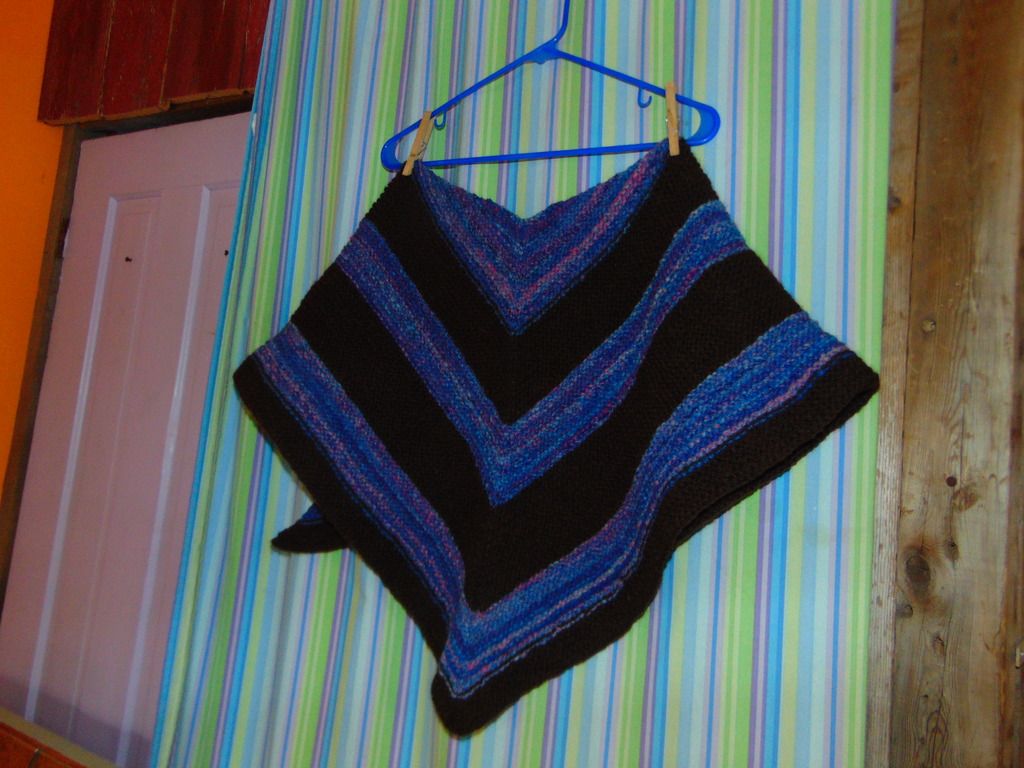
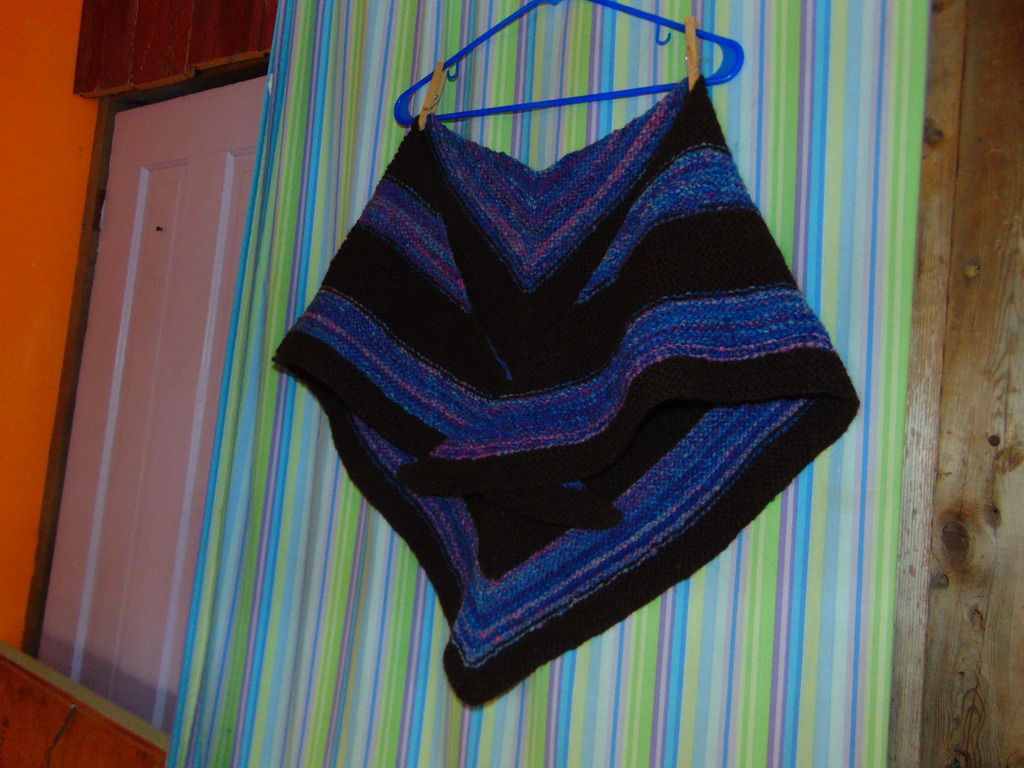
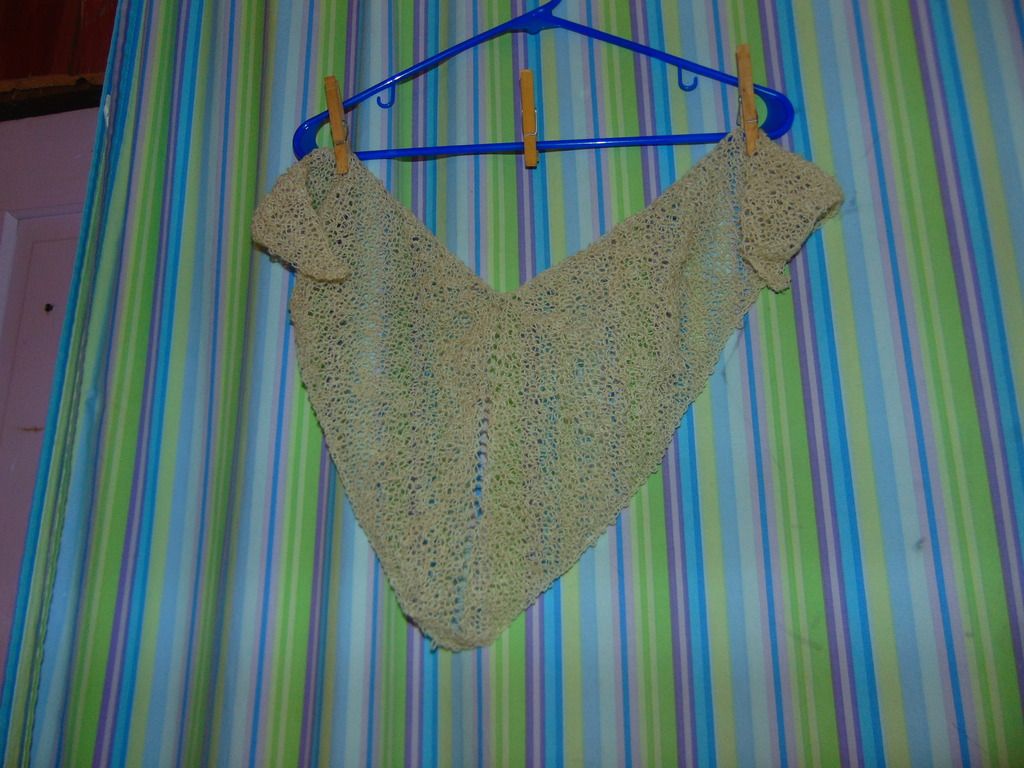
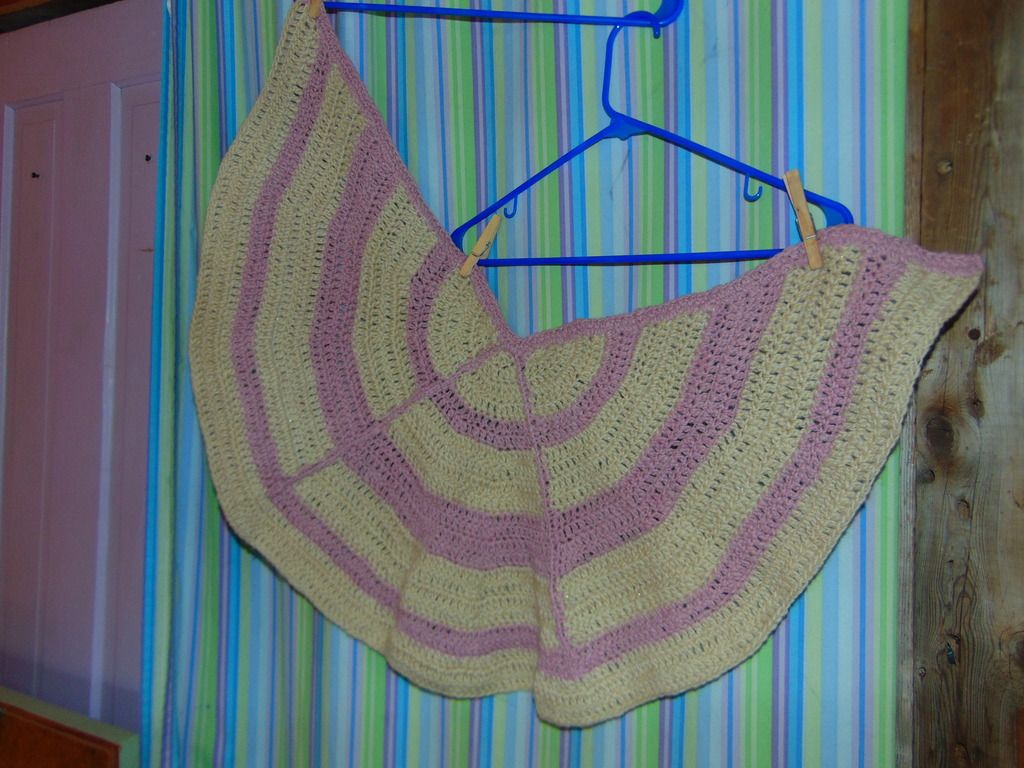
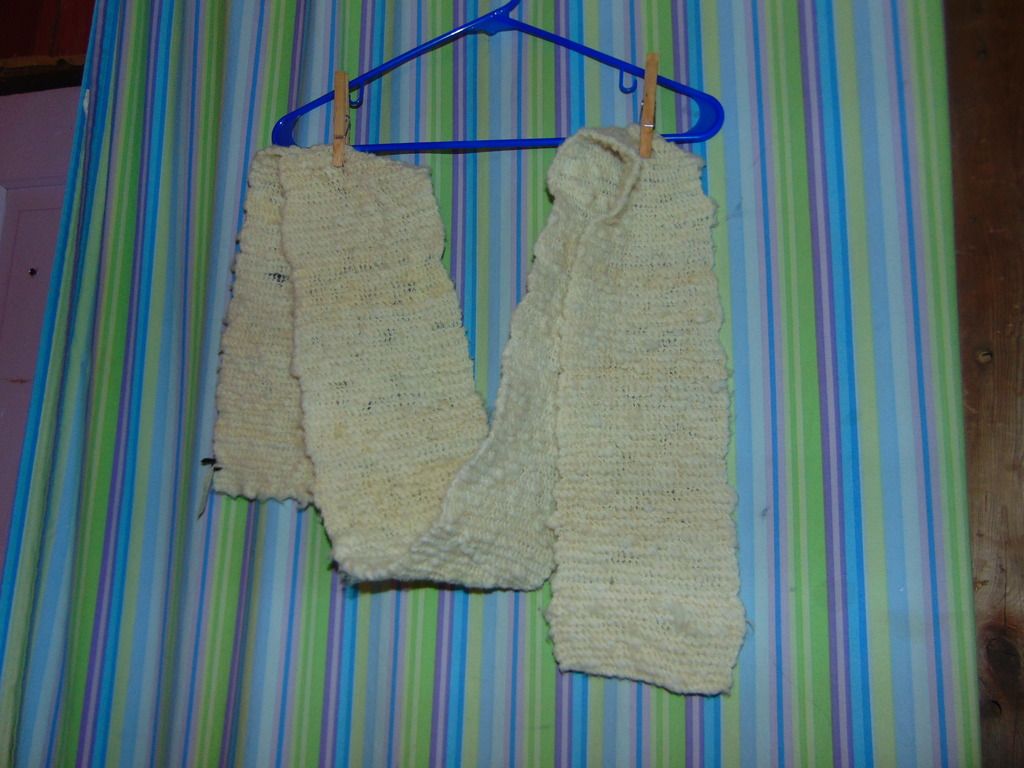
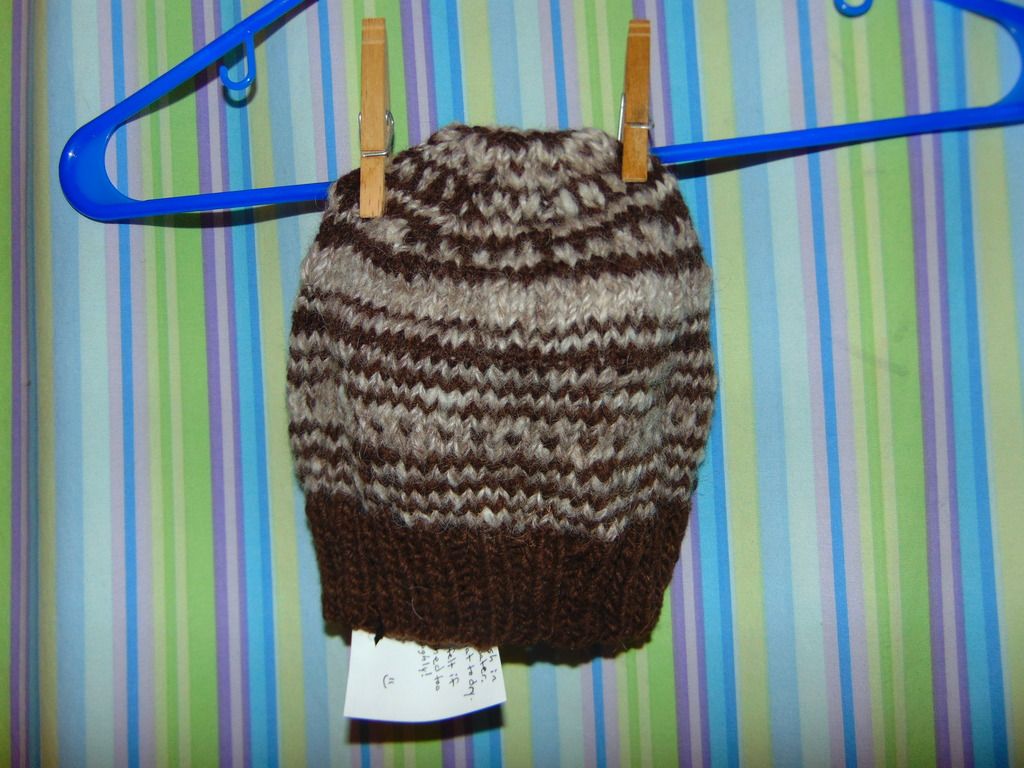
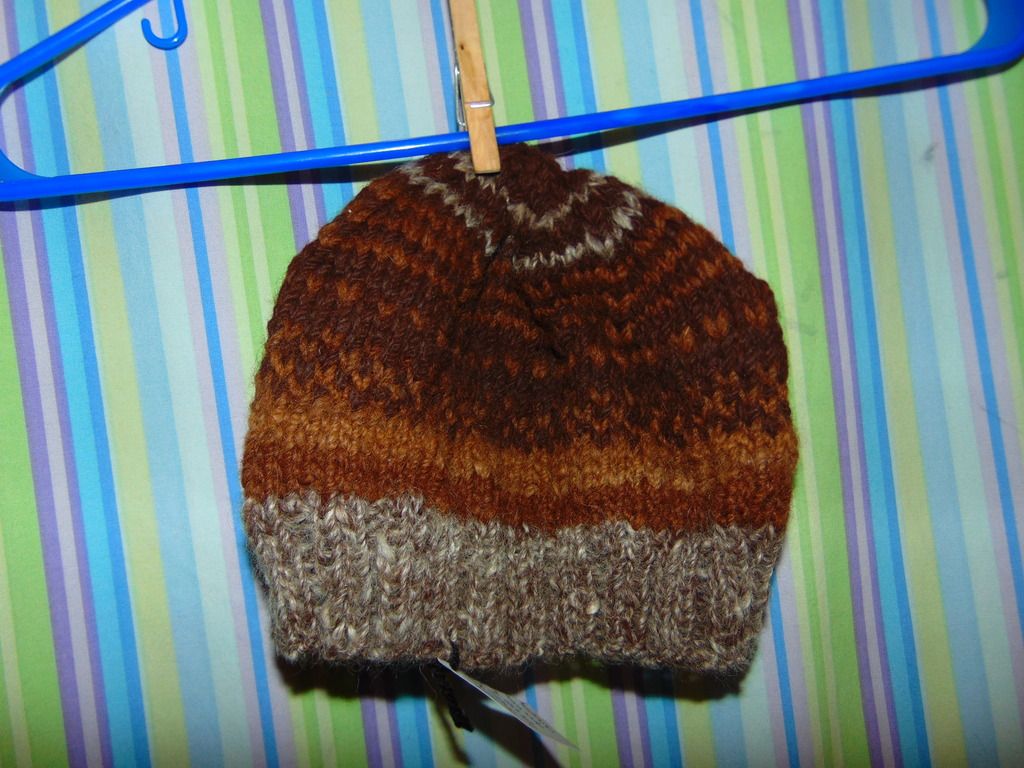

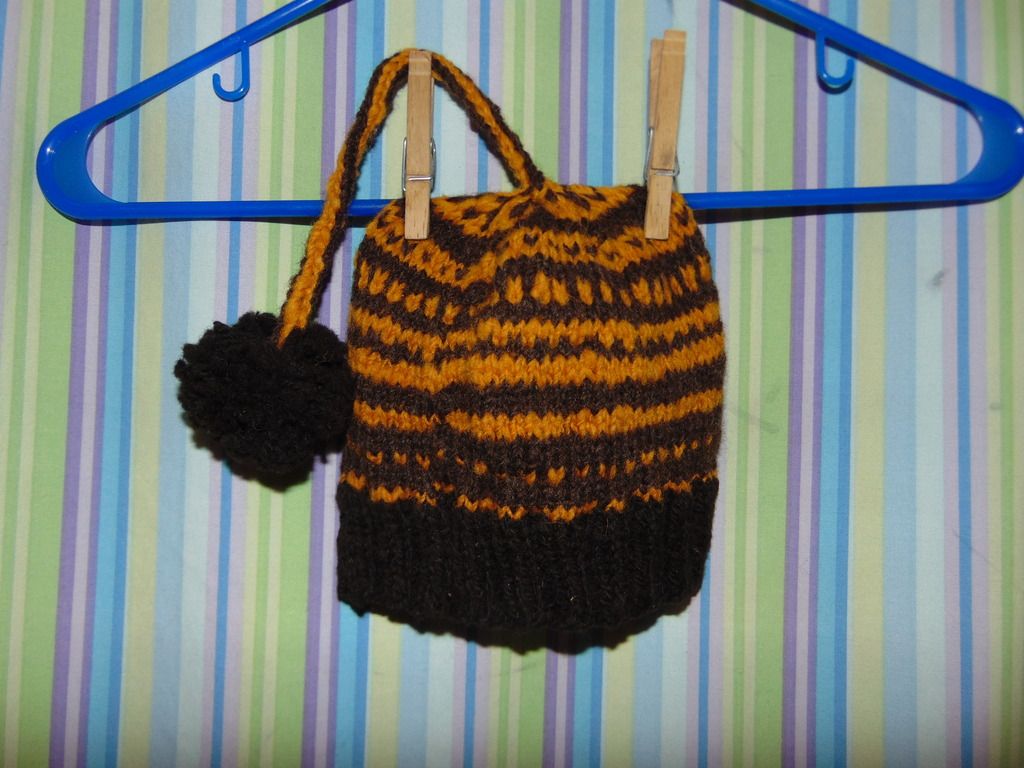
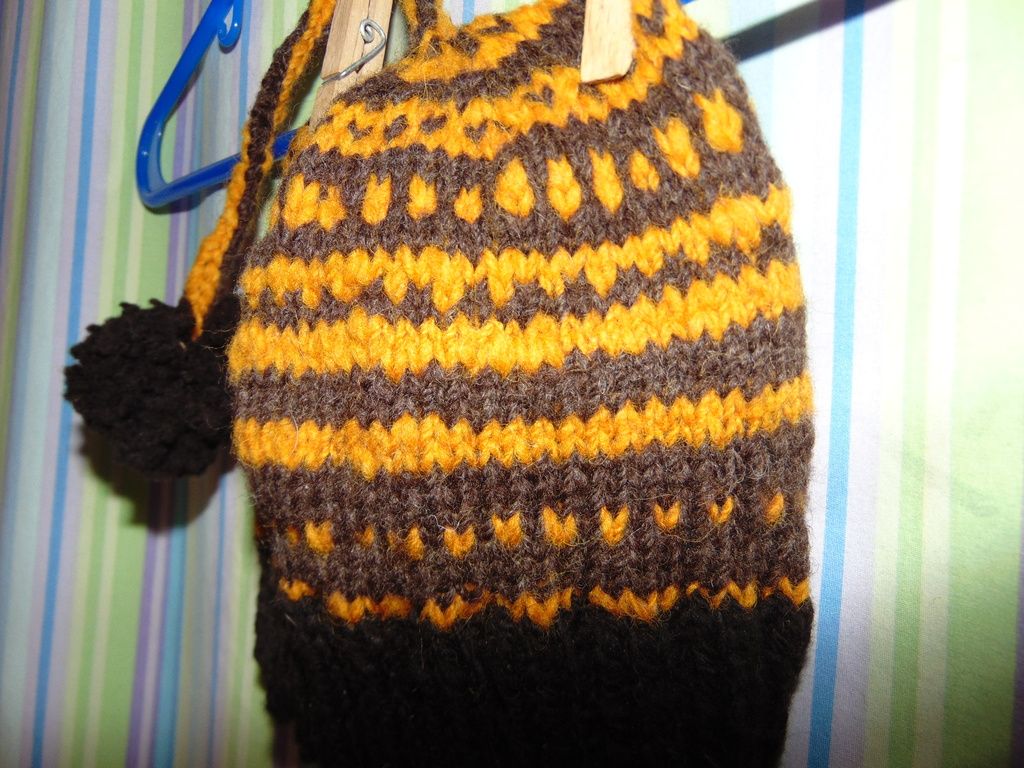

Shenanigans of the sheep and wooly sort.. And many more.. https://www.instagram.com/girlwalkswithgoats/
Papa always says, "Don't go away angry... just go away."






 1
1




kadence blevins wrote:
Inge Leonora-den Ouden wrote:
Yes, we want good strong linen clothes! Like they used to wear here (the Netherlands) about a 100 years ago.*
I have spun a little bit of flax for linen but we didnt get along very well. I am hoping to try it again later on at some point.

"Also, just as you want men to do to you, do the same way to them" (Luke 6:31)










 Not financially, but on social media.
Not financially, but on social media. "Also, just as you want men to do to you, do the same way to them" (Luke 6:31)
 1
1




 I am going to have to look more into the fibershed group now that it seems to be up and running.
I am going to have to look more into the fibershed group now that it seems to be up and running.Shenanigans of the sheep and wooly sort.. And many more.. https://www.instagram.com/girlwalkswithgoats/
Papa always says, "Don't go away angry... just go away."




Blazing trails in disabled homesteading
 1
1





![Filename: basket-weave.jpg
Description: basket weave [Thumbnail for basket-weave.jpg]](/t/45637/a/37505/basket-weave.jpg)
Cheap, fast, or good. Pick two




Shenanigans of the sheep and wooly sort.. And many more.. https://www.instagram.com/girlwalkswithgoats/
Papa always says, "Don't go away angry... just go away."






 1
1





"Also, just as you want men to do to you, do the same way to them" (Luke 6:31)






 1
1





"Also, just as you want men to do to you, do the same way to them" (Luke 6:31)
 1
1




kadence blevins wrote:
prices would not be marked up as in, it's a $5 hat versus a $20 hat "because I bought this pretty yarn". It will be priced according to the time and materials that go into the items. If I buy yarn and knit a hat I would price it to cover the cost of the yarn needed plus my time knitting it. If it is a hat from my handspun that i processed all myself and knit myself it will be priced accordingly.
It is my goal to make quality items. That goes not only for the quality of what goes into making them but the quality of the finished items. That said, a nice fluffy handspun wool hat, I believe, keeps you warmer better than an acrylic yarn hat. And that wool hat will last better longer than an acrylic hat.
Homesteading in Central Virginia
Our Website











 1
1




 beautiful colors and patterns...we can see the care and love that goes into them!
beautiful colors and patterns...we can see the care and love that goes into them!
"We're all just walking each other home." -Ram Dass
"Be a lamp, or a lifeboat, or a ladder."-Rumi
"It's all one song!" -Neil Young
 3
3




Blazing trails in disabled homesteading
 1
1

















 1
1




Thomas Partridge wrote:For that issue, would fur hats be more cost effective in terms of time and material while maintaining the same level of functionality?
"Also, just as you want men to do to you, do the same way to them" (Luke 6:31)




Inge Leonora-den Ouden wrote:
Thomas Partridge wrote:For that issue, would fur hats be more cost effective in terms of time and material while maintaining the same level of functionality?
Sorry Thomas but a fur hat isn't more cost effective at all. For getting the right kind of fur you have to do a lot of effort! I think rabbit fur might be the most cost effective. It isn't so difficult to raise rabbits. But still: they need space, food, care, etc. Or do you think of hunting? To go hunting, you need a rifle, and the practice to shoot fast animals ...
And then when you have an animal, the fur is not immediately good for making hats. You have to treat the fur first. Sewing fur is a specialists job ...
Probably a rabbit fur hat and a knitted woolen hat have about the same value, when you count everything ...
The problem is: we are used to clothes being much too cheap! Clothes are made in 'low wages countries', where people get next to nothing for working all day in factories under bad circumstances. Many costs are not even counted: the harm it does to the environment f.e.

Homesteading in Central Virginia
Our Website










Thomas Partridge wrote:... So my question is this: Would something like the below picture (except simpler) take significantly more or significantly less time to make than say a knit cap?
... Something like that (except made simpler with hide strips instead of thread) from what I understand of leatherworking would not be that difficult - probably take under an hour with practice. That is using pre-tanned hides, since the process of tanning probably takes as much direction interaction as spinning wool does.
"Also, just as you want men to do to you, do the same way to them" (Luke 6:31)




Inge Leonora-den Ouden wrote:
Thomas Partridge wrote:... So my question is this: Would something like the below picture (except simpler) take significantly more or significantly less time to make than say a knit cap?
... Something like that (except made simpler with hide strips instead of thread) from what I understand of leatherworking would not be that difficult - probably take under an hour with practice. That is using pre-tanned hides, since the process of tanning probably takes as much direction interaction as spinning wool does.
I can't give you a good answer Thomas. I don't have the type of sewing machine needed to sew fur.
But I can knit a hat/cap like that in a few hours. Of course it's depending on the wool, thick yarn knits much faster than a fine quality. It's depending on the knitting person too. An experienced knitter works much faster than a beginner.
 . I would think something relatively durable and functional could be made using very primitive methods (similar to how moccasins are made even today).
. I would think something relatively durable and functional could be made using very primitive methods (similar to how moccasins are made even today).
Homesteading in Central Virginia
Our Website










Thomas Partridge wrote:...
Something like that on a simpler scale would most likely be hand stitched wouldn't it? The rustic look trapper cap, not the knit one. I would think something relatively durable and functional could be made using very primitive methods (similar to how moccasins are made even today).
I suppose this has become a very different discussion than it was originally, which is more time and material effective in producing winter clothing - leatherworking or knitting? Which is more environmentally friendly and which is more lucrative?

"Also, just as you want men to do to you, do the same way to them" (Luke 6:31)





Shenanigans of the sheep and wooly sort.. And many more.. https://www.instagram.com/girlwalkswithgoats/
Papa always says, "Don't go away angry... just go away."




Homesteading in Central Virginia
Our Website
 1
1




 That's why I posted the picture of the basket weave stitch. Even though it's nothing more than double crochets, it fools people into thinking it's way more complicated than it really is.
That's why I posted the picture of the basket weave stitch. Even though it's nothing more than double crochets, it fools people into thinking it's way more complicated than it really is.
Cheap, fast, or good. Pick two










"Also, just as you want men to do to you, do the same way to them" (Luke 6:31)
 1
1





Shenanigans of the sheep and wooly sort.. And many more.. https://www.instagram.com/girlwalkswithgoats/
Papa always says, "Don't go away angry... just go away."
 1
1




Inge Leonora-den Ouden wrote:
Jay C. White Cloud wrote: Hi Elisha M.
I have read similar description about urine in new and old text...If I may share, I believe from reading other text and direct experience this is a "misnomer" about urine for the most part as it applies to textiles, and its "uric acid" application as a cleaning agent.
Hi Jay C. White Cloud. I think really in the old days urine was used for cleaning wool. There is a town in the Netherlands where the inhabitants were called (translated) 'jar pissers'. The urine was collected for use in the fabrication of wool fabrics. But maybe it wasn't the fat wool right from the sheep, but the spun or woven wool.
I wrestled with reality for 36 years, and I'm happy to say I finally won out over it.
 1
1




 So I am very excited to work with this fleece from her!
So I am very excited to work with this fleece from her!
Shenanigans of the sheep and wooly sort.. And many more.. https://www.instagram.com/girlwalkswithgoats/
Papa always says, "Don't go away angry... just go away."
 2
2




Shenanigans of the sheep and wooly sort.. And many more.. https://www.instagram.com/girlwalkswithgoats/
Papa always says, "Don't go away angry... just go away."










kadence blevins wrote: UPDATE
I have done the math and if by my averaging I will need 50 sheep to be able to sustain myself with an income. ....
"Also, just as you want men to do to you, do the same way to them" (Luke 6:31)
 2
2















Inge Leonora-den Ouden wrote:
kadence blevins wrote: UPDATE
I have done the math and if by my averaging I will need 50 sheep to be able to sustain myself with an income. ....
Hi Kadence. Do you mean then you will have all of your income from the sheep alone? Or are these 50 sheep part of a whole permaculture polyculture, both you and the sheep having greens, veggies, fruits, materials, etc. from your land?
R Ranson wrote:Tha looks great Kandence. How exciting!
Yarn, in my overly opinionated opinion, should be priced by type and yardage more than by weight. It really gets my goat when people charge by weight. A 3ply lace weight yarn of several hundred miles weighs the same as an extra bulky yarn of only a few yards. One takes an hour to make the other hundreds of hours. Yet the bulky handspun will often sell for double the price of the lace weight, warp strength, 3 ply yarn. That's all well and good for the bulky spinners, but it undervalues the labour involved in making the yarn.
Shenanigans of the sheep and wooly sort.. And many more.. https://www.instagram.com/girlwalkswithgoats/
Papa always says, "Don't go away angry... just go away."




Shenanigans of the sheep and wooly sort.. And many more.. https://www.instagram.com/girlwalkswithgoats/
Papa always says, "Don't go away angry... just go away."
 5
5




Shenanigans of the sheep and wooly sort.. And many more.. https://www.instagram.com/girlwalkswithgoats/
Papa always says, "Don't go away angry... just go away."




Shenanigans of the sheep and wooly sort.. And many more.. https://www.instagram.com/girlwalkswithgoats/
Papa always says, "Don't go away angry... just go away."

|
Arthur, where are your pants? Check under this tiny ad.
GAMCOD 2025: 200 square feet; Zero degrees F or colder; calories cheap and easy
https://permies.com/wiki/270034/GAMCOD-square-feet-degrees-colder
|








